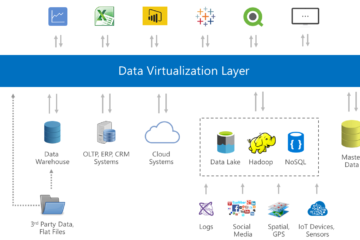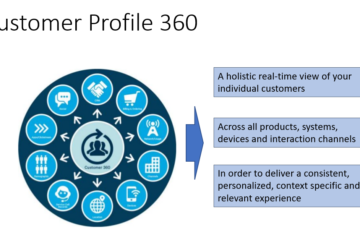Coping with Labour Shortage in the Data Science Industry
Introduction:
Labor shortage is a common problem around the world. There are some clues to increase the productivity without additional investment in labor.

Expand your talent pool:
- Look beyond traditional hiring channels:
Consider alternative sources for talent acquisition, such as attending industry conferences, networking events, and specialized data science job fairs. These platforms provide opportunities to connect with professionals who may not be actively searching for job openings.
- Leverage online platforms:
Utilize online platforms like LinkedIn, GitHub, and Kaggle to identify and engage with potential candidates. Join relevant data science communities and participate in discussions to attract talent.
- Tap into educational institutions:
Forge partnerships with universities, colleges, and specialized data science programs. Offer internships, co-op programs, or sponsor research projects to build relationships with students and access emerging talent.
Invest in professional development:
- Foster a learning culture:
Encourage continuous learning and professional development within your organization. Provide opportunities for employees to attend conferences, workshops, and training programs to enhance their skills and stay updated with the latest advancements in data science.
- Support certifications and further education: Encourage your team members to pursue relevant certifications and advanced degrees in data science. Financially support their educational endeavors and consider offering flexible schedules to accommodate their studies.
Build a strong employer brand:
- Highlight your company’s unique value proposition: Clearly articulate what sets your organization apart from others in the industry. Showcase your company culture, values, interesting projects, and opportunities for growth and career advancement. Emphasize the impact and importance of the work your team does.
- Leverage testimonials and case studies: Collect testimonials from satisfied clients and showcase successful projects your team has delivered. Highlight the positive experiences and outcomes to attract potential candidates.
- Offer competitive compensation and benefits: Ensure that your salary and benefits packages are competitive within the market. Conduct research to understand industry standards and adjust your offerings accordingly.
Foster a supportive work environment:
- Promote work-life balance:
Emphasize the importance of work-life balance and create a supportive environment that prioritizes employee well-being. Provide flexible work arrangements, encourage breaks, and support initiatives that promote a healthy work-life balance.
- Nurture a collaborative culture:
Foster an inclusive and collaborative culture within your organization. Encourage knowledge sharing, team building, and cross-functional collaboration to create an environment that attracts and retains top talent.
- Recognize and reward excellence: Implement recognition programs that acknowledge and reward outstanding performance and contributions. Celebrate achievements and provide opportunities for professional growth and advancement.
Consider partnerships and collaborations:
- Collaborate with other organizations:
Explore partnerships with other data science consulting companies, academic institutions, or research organizations. This collaborative approach can help pool resources, share expertise, and tackle projects that require specialized skills.
- Outsource certain tasks:
Consider outsourcing specific tasks or projects to external consultants or freelancers who specialize in those areas. This can provide a temporary solution to address immediate skill gaps while you continue the search for full-time talent.
Retain existing talent:
- Prioritize employee engagement and satisfaction:
Conduct regular check-ins with your team members to understand their needs, challenges, and aspirations. Actively address their concerns, provide growth opportunities, and create a positive work environment to enhance retention.
- Offer career progression opportunities:
Provide a clear career development path for your employees. Offer opportunities to take on new challenges, lead projects, and develop specialized expertise within the organization.
By implementing these strategies, you can improve your chances of finding suitable expertise and addressing the labor shortage in the data science consulting industry. Remember, attracting and retaining top talent requires a proactive and holistic approach that considers both recruitment and employee retention strategies.


